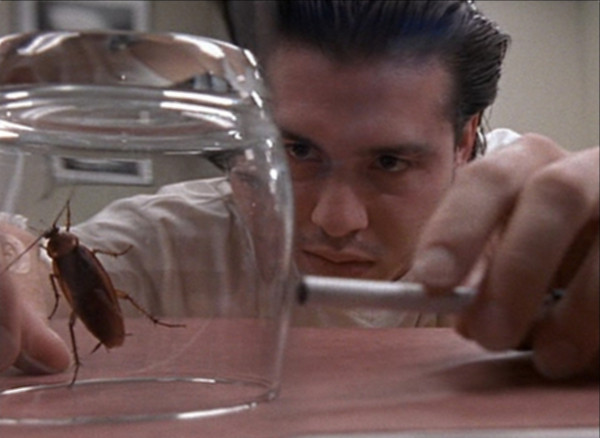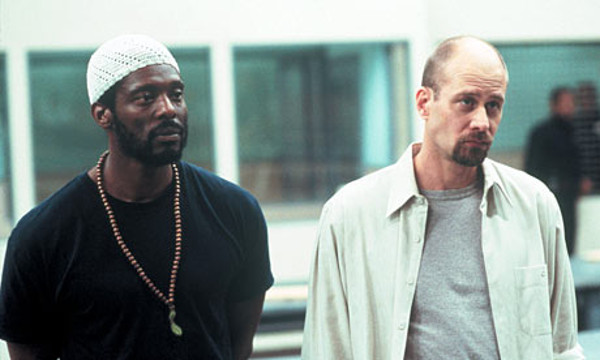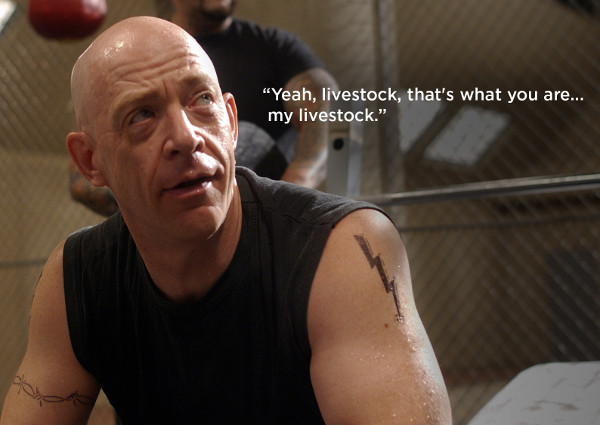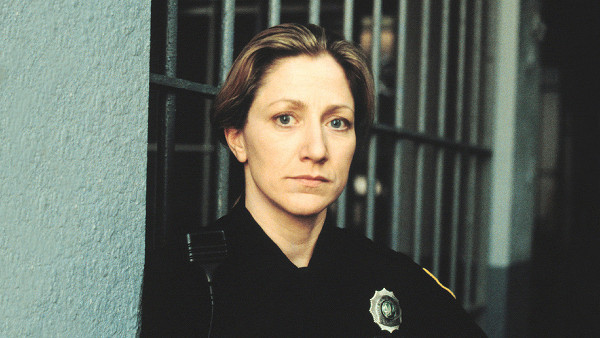Everything You Love About Modern TV Can Be Traced Back To Oz
Remember HBO's original hit? It was pretty important.
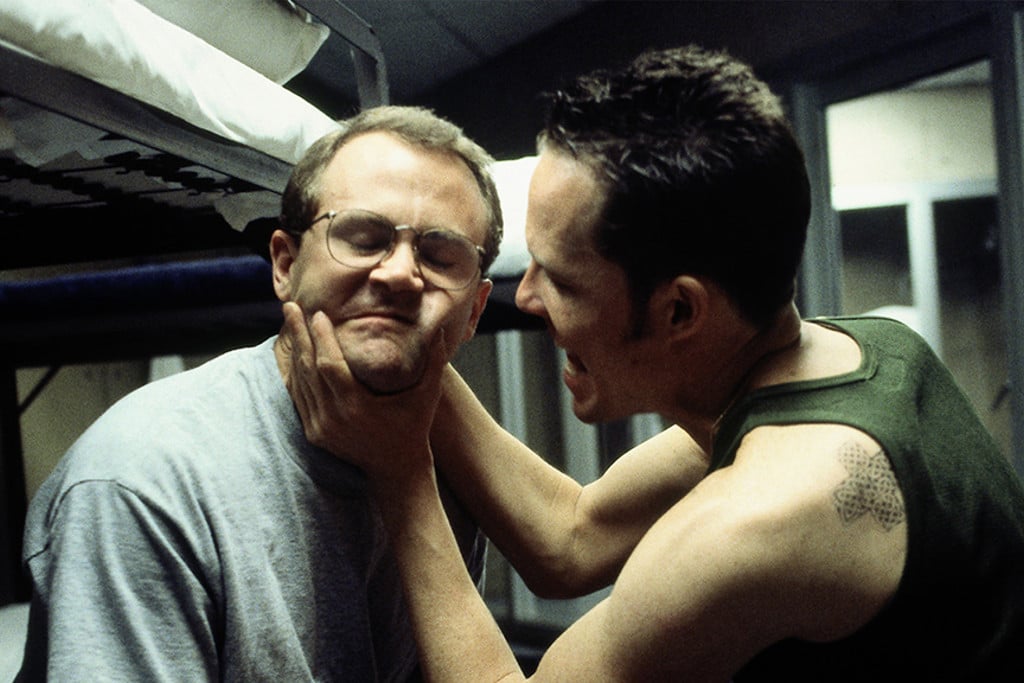
The television drama series has come a long way in the past 15 years and yesterday’s Golden Globes emphasised the fact that in terms of quality, free-to-air networks can’t compete with their cable and online counterparts. The medium has undergone such a significant shift that creators and performers are no longer ‘settling’ for a TV gig — those at the top of their games are willingly shunting feature film work in favour of the small screen. Notable directors such as Aronofsky and Soderbergh, Oscar-bait actors such as Kevin Spacey, Octavia Spencer and Matthew McConaughey, as well a slew of both renowned and upcoming writers, have all cottoned on to the reality that the revolution is far from a fad, and that the box is now the place to be.
However, this televisual renaissance would never have taken place if it weren’t for the original HBO drama that shattered the pre-established rules into a thousand bloody pieces. Brimming with ‘unlikeable’, complex characters, realistic violence, and an uncompromising exploration of philosophy and theme, this seminal hour-long drama was proof that things didn’t have to be tied up in a rose in order to be enjoyed — they just had to be compelling. It was a kind of series audiences had never seen before. No, not The Sopranos. Not The Wire. I’m talking about Oz, HBO’s first hour-long drama, which premiered in July 1997 and ran for six seasons.
–
Bye-Bye, Main Guy
When creator Tom Fontana (who helmed Homicide: Life On The Street and mentored co-creator David Simon, aka the father of The Wire) was asked what he would like to do in Oz’s pilot that’d never been done before, he replied that he’d quickly kill off the ‘lead’ character. And he did. We are introduced to the world of Oswald State Penitentiary through the eyes of Dino Ortolani, a young soldier of the Italian mob, and just as we begin to relax into his story, Fontana set the guy on fire. It was a bold move that reconfigured our expectations, and set up a multi-protagonist show where nothing and no one was safe. If Dino wasn’t turned to ash, then Vic Mackay would never have shot Terry Crowley in the first episode of The Shield, and a particular bearded brute from Game Of Thrones would still be blessed with a head.
–
More Than A One-Horse Race
Before Oz, non-white characters in TV dramas were usually relegated to stereotype or to supporting roles that rarely left the orbit of a white, male protagonist. Fontana made the conscious choice to have his cast be more reflective of America’s cultural cross-sections, forcing viewers to see through the eyes of Black, Hispanic, Italian, Asian, African and Muslim characters. While our means of engaging with his world was initially through Tobias Beecher — a sheltered, upper-middle class lawyer who killed a young girl during a DUI accident — Fontana wrote the man as an entry point for naive white American audiences.
–
Villains For The Win
When Fontana pitched milder versions of Oz to broadcast network execs, he was met with the same, dog-tired questions: “Where is the hero? Where is their victory?” The existing thinking was that television audiences wanted a protagonist they could admire, someone who in every episode looked as if they’d fail but would win in the end. To Fontana, this formula had been drained for everything it was worth, and thanks to HBO’s Chris Albrecht (the then forward-thinking CEO of HBO), Oz‘s villains took centre stage, and more often than not were victorious in their pursuits. It was no longer a case of who was the good guy to which we could relate, but rather which of the motivations of these broken men could we best understand. The decision helped pave the way for the television anti-hero — without it Dexter Morgan would have been quickly locked-up, and Tony Soprano would be giving lectures on the psychological consequences of criminal life.
–
Prison’s Got Talent
Oswald’s jailhouse-in-the-round is littered with familiar faces, and it could be said that without Oz, many of your favourite TV characters would have been played by different actors. If I were to list them all, this article would end up thousands of words over the limit, so here are but a few: Bodie, Daniels, Herc, Royce, Rawls, Carver and Norman Wilson from The Wire; Carmella from The Sopranos; Batista and La Guerta from Dexter; and that’s barely skirting the surface. Throw in established character actors such as Mark Margolis (the handicapped, bell-happy Mexican from Breaking Bad), Luis Guzman (the most reputable member of Greendale Community College), and Zeljko Ivanek (take your pick), and it’s clear that Oz boasted one of the most significant Character Personae’s of any television series before or since.
–
Jeremy Cassar is a screenwriter from Sydney.
